 Atari releases its first product, the arcade game Pong. A more refined version of the basic video ping pong game introduced by the Magnavox Odyssey, it’s simpler than Nolan Bushnell’s earlier attempt to put video games in public spaces (the complicated Computer Space), and is an engineering trial-by-fire for its designer, engineer Al Alcorn. The game is implemented with analog logic rather than an expensive (at the time) microchip, and is a success, ushering in the coin-op video game era to stay.
Atari releases its first product, the arcade game Pong. A more refined version of the basic video ping pong game introduced by the Magnavox Odyssey, it’s simpler than Nolan Bushnell’s earlier attempt to put video games in public spaces (the complicated Computer Space), and is an engineering trial-by-fire for its designer, engineer Al Alcorn. The game is implemented with analog logic rather than an expensive (at the time) microchip, and is a success, ushering in the coin-op video game era to stay. ![]()

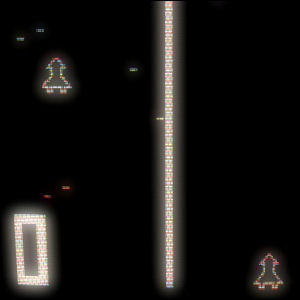 Atari releases its second arcade game: the very first video racing game,
Atari releases its second arcade game: the very first video racing game, 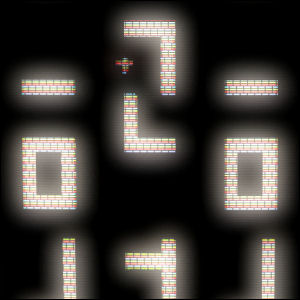 Atari releases its fourth arcade game: the very first video maze game,
Atari releases its fourth arcade game: the very first video maze game,  Atari releases
Atari releases  “Kee Games” (a shell company created by Atari founder Nolan Bushnell) introduces a new arcade game, a video war between two artillery commanders called
“Kee Games” (a shell company created by Atari founder Nolan Bushnell) introduces a new arcade game, a video war between two artillery commanders called  Atari gets firmly into the swing of the ’70s with a rare foray into the non-game-related consumer electronics market.
Atari gets firmly into the swing of the ’70s with a rare foray into the non-game-related consumer electronics market. 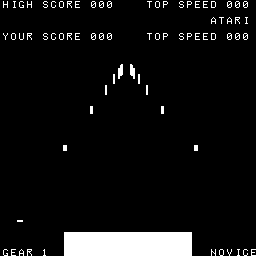 Atari introduces its first-person driving game
Atari introduces its first-person driving game  One of the very first first-person space games is introduced to arcades by Atari. Despite its flickery graphics,
One of the very first first-person space games is introduced to arcades by Atari. Despite its flickery graphics,  Atari releases
Atari releases 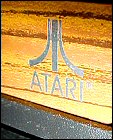 The
The 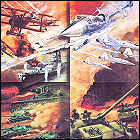 Atari releases
Atari releases 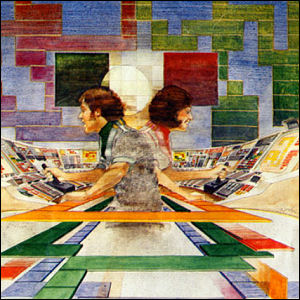 Atari releases
Atari releases  Atari releases
Atari releases  Atari releases the baseball cartridge
Atari releases the baseball cartridge 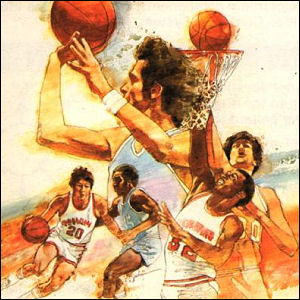 Atari releases the
Atari releases the 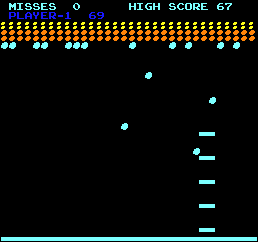 Atari releases the arcade game
Atari releases the arcade game 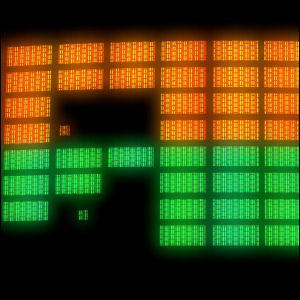 Atari releases
Atari releases 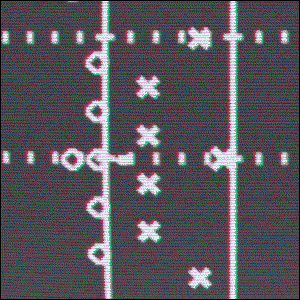 Atari releases the two-player arcade game
Atari releases the two-player arcade game  Atari releases the
Atari releases the 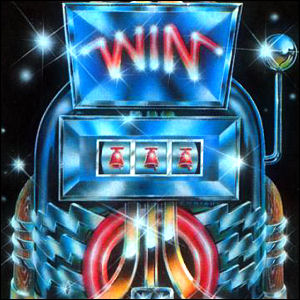 Atari releases the
Atari releases the 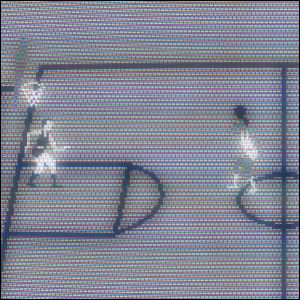 Atari releases the two-player arcade game
Atari releases the two-player arcade game  Atari releases
Atari releases 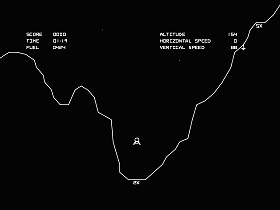 Some ten years after the real thing put men on the moon, Atari invites arcade space pilots to try their own luck at the controls of the
Some ten years after the real thing put men on the moon, Atari invites arcade space pilots to try their own luck at the controls of the 
 Atari releases
Atari releases  Atari releases the computer game Star Raiders for the Atari 400 and 800 home computer systems, programmed by Doug Neubauer. This is a very early example of a game in the first-person “cockpit” space shooter genre gaining wide popularity.
Atari releases the computer game Star Raiders for the Atari 400 and 800 home computer systems, programmed by Doug Neubauer. This is a very early example of a game in the first-person “cockpit” space shooter genre gaining wide popularity. 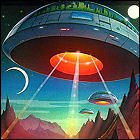 Atari releases the home version of
Atari releases the home version of  Atari scores a direct hit on arcades everywhere with
Atari scores a direct hit on arcades everywhere with 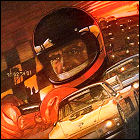 Atari releases
Atari releases 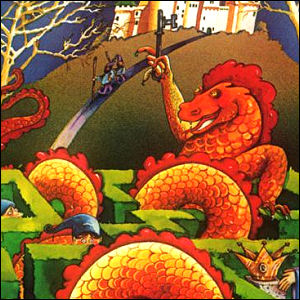 Atari releases the
Atari releases the